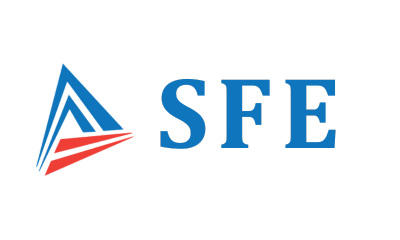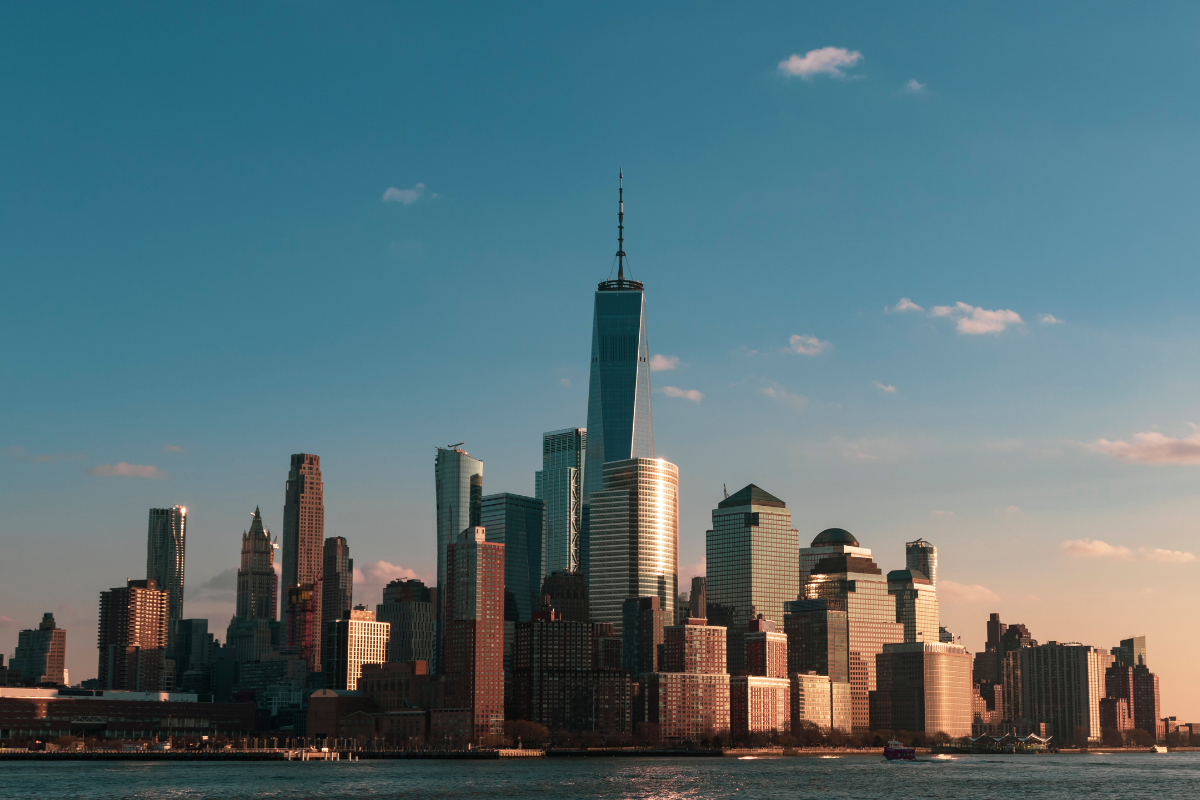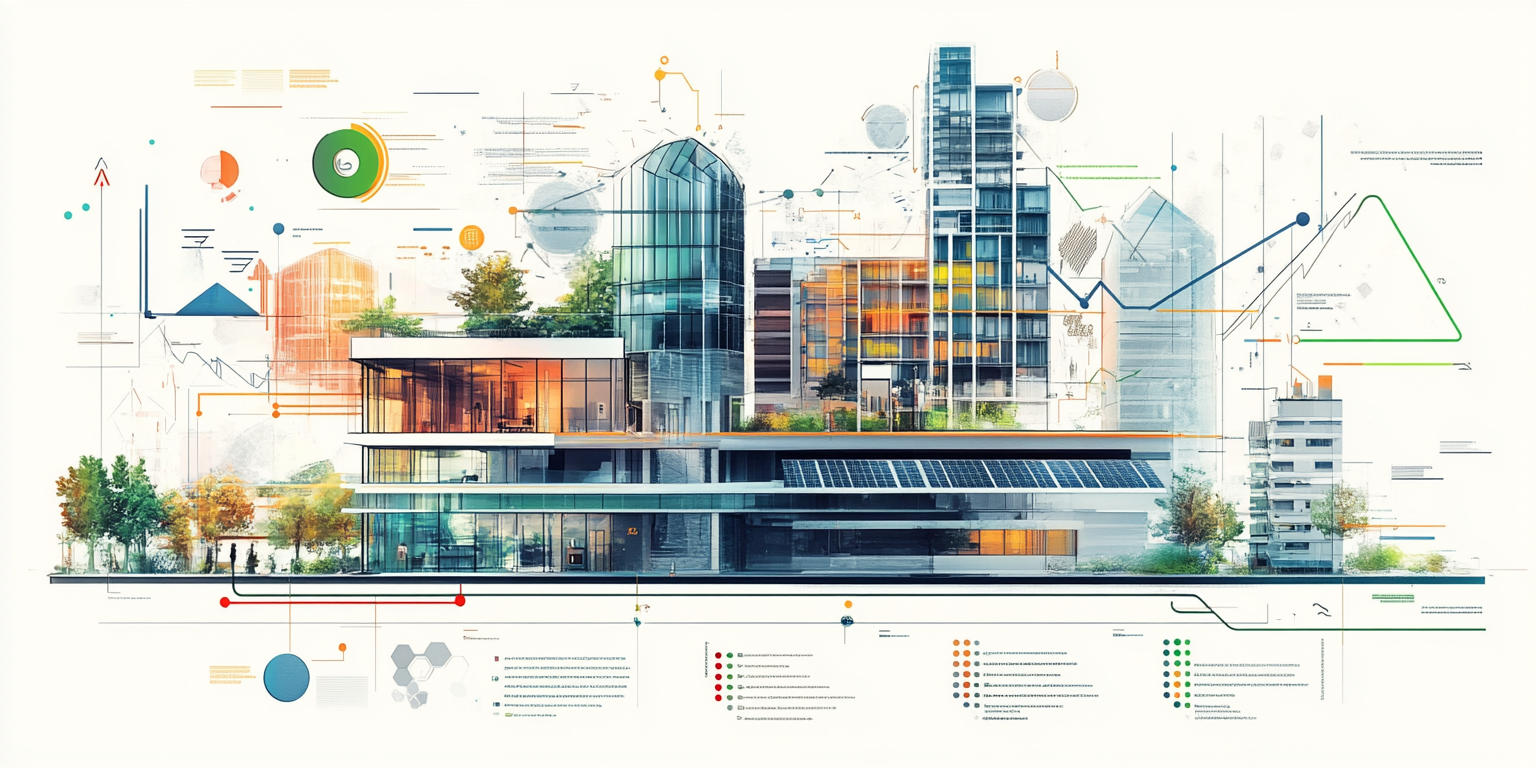Local Law 84 Introduction
New York City Local Law 84 (LL84), also known as the NYC Benchmarking Law, is a cornerstone of the city’s efforts to enhance energy efficiency in large buildings. Enacted in 2009 as part of the Greener, Greater Buildings Plan, LL84 requires owners of buildings over 25,000 square feet to annually benchmark and report their energy and water consumption. This law supports New York City’s ambitious goal to reduce greenhouse gas emissions by 80% by 2050 compared to 2005 levels.
In this guide, we’ll explore what LL84 entails, who it applies to, how to comply, and why it matters. Whether you’re a building owner, property manager, or sustainability enthusiast, this post provides everything you need to navigate Local Law 84 effectively.
What is Local Law 84?
Local Law 84 mandates that owners of covered buildings in New York City annually assess and report their energy and water use through the U.S. Environmental Protection Agency’s (EPA) ENERGY STAR Portfolio Manager (ESPM). The law aims to:
- Standardize energy and water benchmarking across large buildings.
- Identify buildings with poor energy performance.
- Encourage owners to adopt energy-saving measures.
- Lay the groundwork for broader sustainability initiatives.
History and Purpose
Introduced in 2009, LL84 was a response to the significant energy consumption of NYC’s building sector, which accounts for nearly half of the city’s energy use. In 2016, Local Law 133 amended LL84, lowering the threshold for covered buildings from 50,000 to 25,000 square feet, expanding its reach. The law is a key component of the Greener, Greater Buildings Plan, which seeks to make NYC’s buildings more sustainable.
Who Does LL84 Apply To?
LL84 applies to the following types of buildings in New York City:
- Individual Buildings: Those with a gross square footage greater than 25,000 square feet (approximately 2,323 square meters).
- Building Groups: Facilities with two or more buildings on the same tax lot that together exceed 100,000 gross square feet (approximately 9,290 square meters).
- Condominium Buildings: Two or more buildings governed by the same board of managers that together exceed 100,000 gross square feet.
- City-Owned Buildings: All city buildings, with some exceptions.
Exceptions
Certain buildings are exempt from LL84, including:
- City-owned buildings in the tenant interim lease apartment purchase program.
- Tax Class 1 properties, such as one- to three-family homes.
- Garden-style apartments, if certified by a registered design professional.
To confirm if your building is covered, check the annual Covered Buildings List (CBL) on the NYC Department of Finance website.
What Are the Requirements for Local Law 84?
Building owners must comply with LL84 by:
- Benchmarking Energy and Water Use: Enter energy and water consumption data into the EPA’s ENERGY STAR Portfolio Manager.
- Submitting Data Annually: Reports for the previous calendar year are due by May 1st each year.
- Reporting Water Use: Water data must be included if specified in the CBL, typically obtained from the NYC Department of Environmental Protection (DEP).
For 2024 data, the submission deadline is May 1, 2025.
How to Comply with LL84
Complying with LL84 involves a clear process. Here’s a step-by-step guide:
- Check Coverage: Verify if your building is on the Covered Buildings List, updated annually by the NYC Department of Finance.
- Create an ESPM Account: Sign up or log in to the ENERGY STAR Portfolio Manager.
- Enter Building Details: Input your building’s characteristics, such as its primary property type. For mixed-use buildings, refer to ESPM’s guidelines.
- Collect Utility Data: Obtain whole-building energy and water usage data from utility providers. For water data, follow DEP’s instructions at NYC DEP Sharing Instructions.
- Input Data: Enter the data into ESPM, ensuring accuracy.
- Verify and Submit: Use ESPM’s Error Checker to correct mistakes. Share the data with the City at least 15 business days before the May 1st deadline.
For additional support, contact the NYC Sustainability Help Center at (212) 566-5584.
Benefits of Local Law 84 Compliance
Complying with LL84 offers multiple advantages:
- Cost Savings: Identifying inefficiencies can reduce energy and water bills.
- Environmental Impact: Lower energy use decreases greenhouse gas emissions, supporting NYC’s climate goals.
- Property Value: Energy-efficient buildings attract eco-conscious tenants and investors.
- Compliance: Avoid fines and maintain good standing with city regulations.
Related Laws and Regulations
LL84 is part of a suite of laws under the Greener, Greater Buildings Plan, including:
- Local Law 133: Expanded LL84’s scope to buildings over 25,000 square feet.
- Local Law 97: Imposes carbon emission limits, with penalties starting in 2024.
- Local Law 33: Requires public display of building energy performance grades.
These laws work together to create a more sustainable building sector in NYC.
Penalties for Non-Compliance
Failure to comply with LL84 results in fines:
- Initial Penalty: $500 for missing the May 1st deadline.
- Additional Penalties: $500 per quarter for continued non-compliance, up to $2,000 per year.
Timely submission is essential to avoid these costs.
Conclusion
Local Law 84 is a vital tool for making New York City’s buildings more energy-efficient and sustainable. By benchmarking energy and water use, building owners can reduce costs, enhance property value, and contribute to the city’s climate goals. With clear steps and ample resources, compliance is achievable and beneficial.
Start your benchmarking journey today by visiting the NYC Benchmarking Law page or contacting the NYC Sustainability Help Center.
FAQs
- What happens if I miss the May 1st deadline?
You’ll face a $500 penalty, with additional $500 fines per quarter, up to $2,000 annually. - Where can I get help with benchmarking?
The NYC Sustainability Help Center and ENERGY STAR offer free support and training. - How do I know if my building is covered?
Check the Covered Buildings List on the NYC Department of Finance website. - What’s the connection between LL84 and Local Law 97?
LL84’s benchmarking data helps owners prepare for LL97’s carbon emission limits. - Can I request an exemption?
Yes, for cases like demolition or new construction, email us for support info@safariny.com



